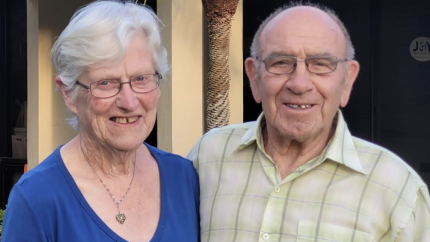On July 26, the Americans with Disabilities Act of 1990 turned 32. This important civil rights law created more access to public places. In honor of the ADA's anniversary, I'd like to share my top 4 disability etiquette tips for public interactions.
(These tips are based on my experience with a physical disability. When I'm out in public, I'm typically in my power wheelchair.)
Tip #1: Speak directly to the person with the disability.
It is best to include the person, not ignore their existence or only address their companion. Give the person a chance. Even if someone is nonverbal, many can still listen and comprehend what is being said.
Tip #2: Set assumptions aside and leave perceived limitations behind.
Ex. A physical disability does not automatically mean a mental disability as well. OR A wheelchair does not mean he or she cannot walk or be mobile at other times.
Tip #3: “Prayer bombing” is really not ok.
Spontaneously praying for someone’s physical healing implies one’s embodiment needs to be fixed or changed so that they can be accepted and that is far from true. When you know a person, you will know how to intercede. Mutually sharing prayer builds a relationship of trust.
Tip #4: If you’re a parent, don’t “shush” your child’s questions.
Dialogue leads to new discoveries and perspectives. Curiosity leads to understanding and compassion. Conversation leads to connection with another human, normalizing disability and differences.
What tips would you add? Have you had any of these experiences?
To read more of Laura's works and to receive her newsletter, please visit: //www.lauracrobb.com/

Let's Discuss
We love your comments! Thank you for helping us uphold the Community Guidelines to make this an encouraging and respectful community for everyone.